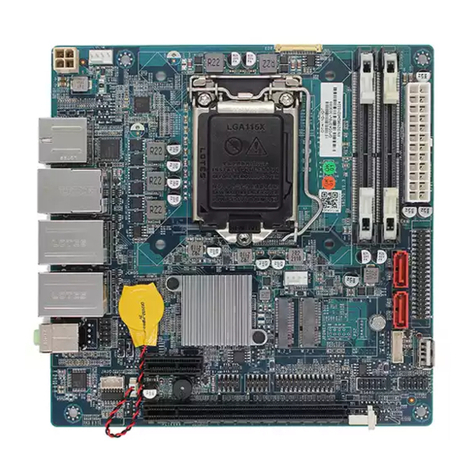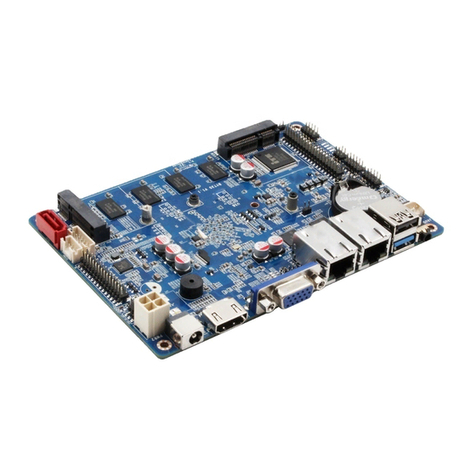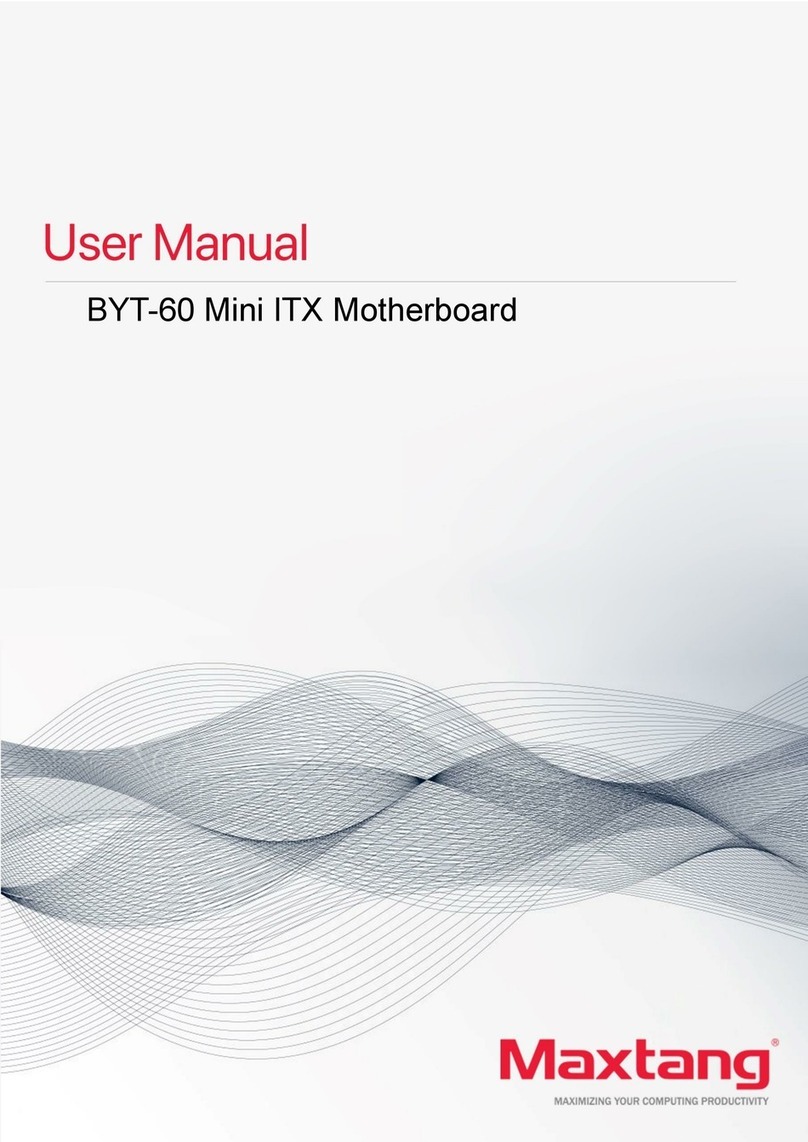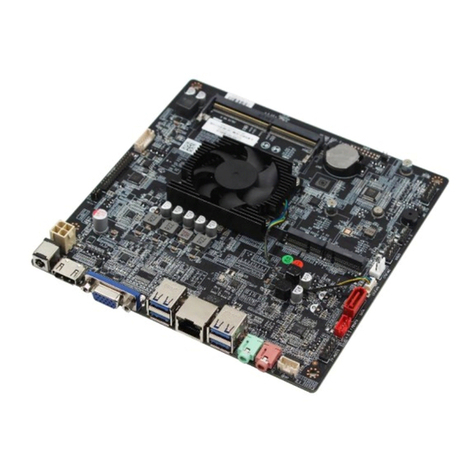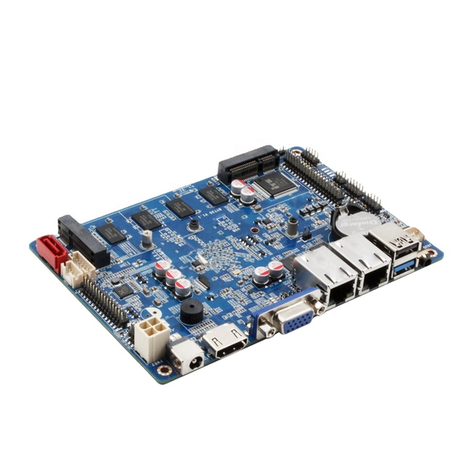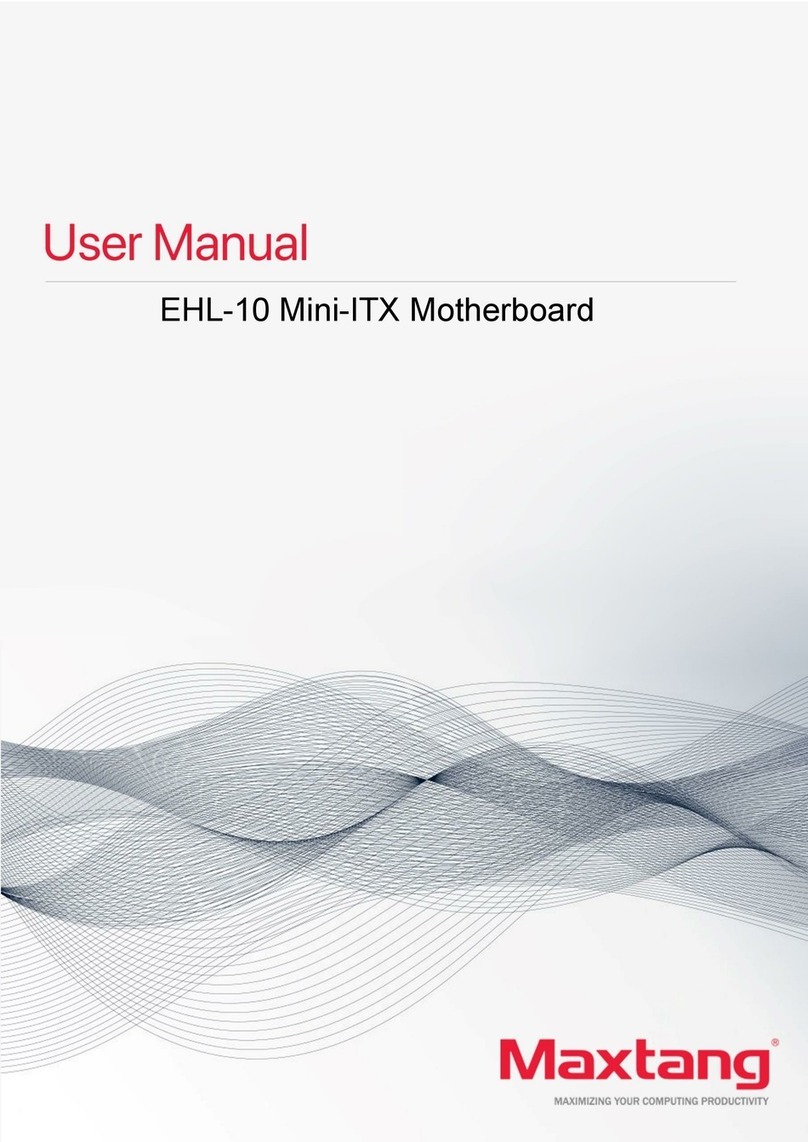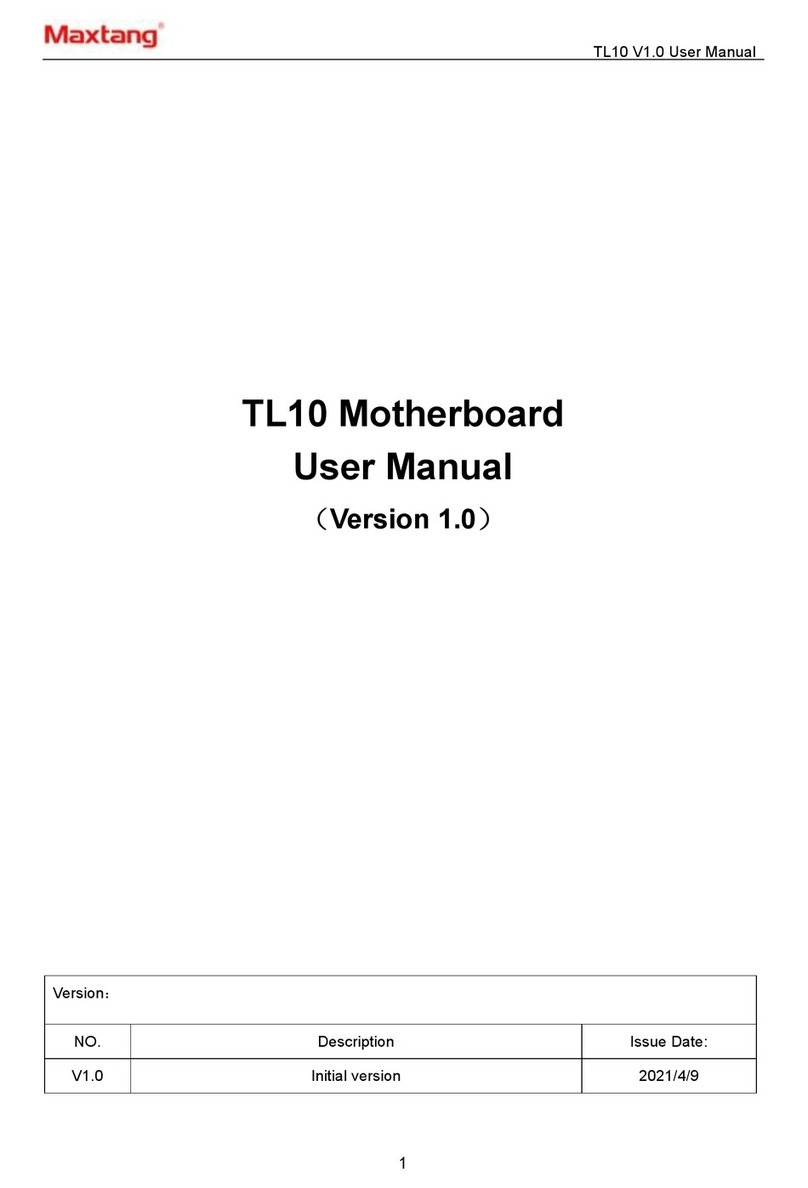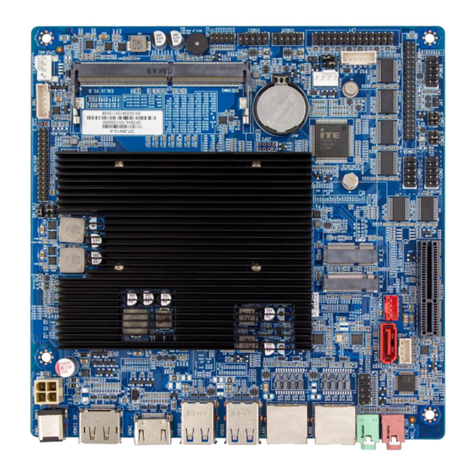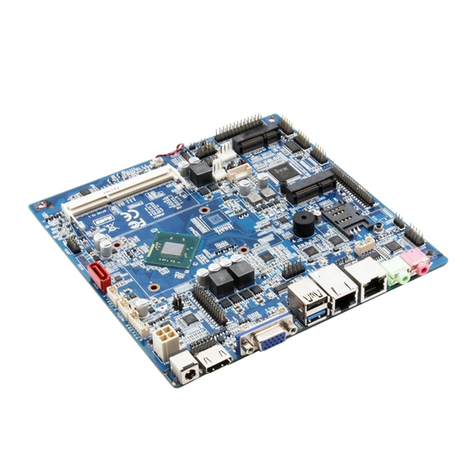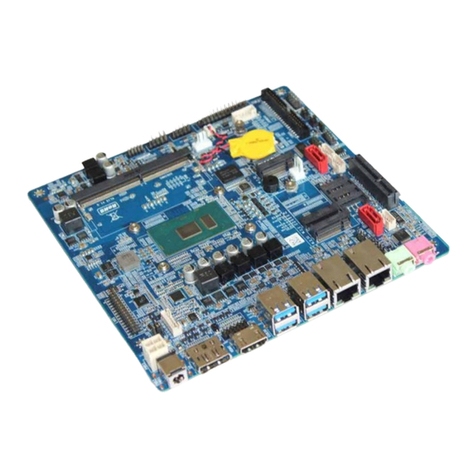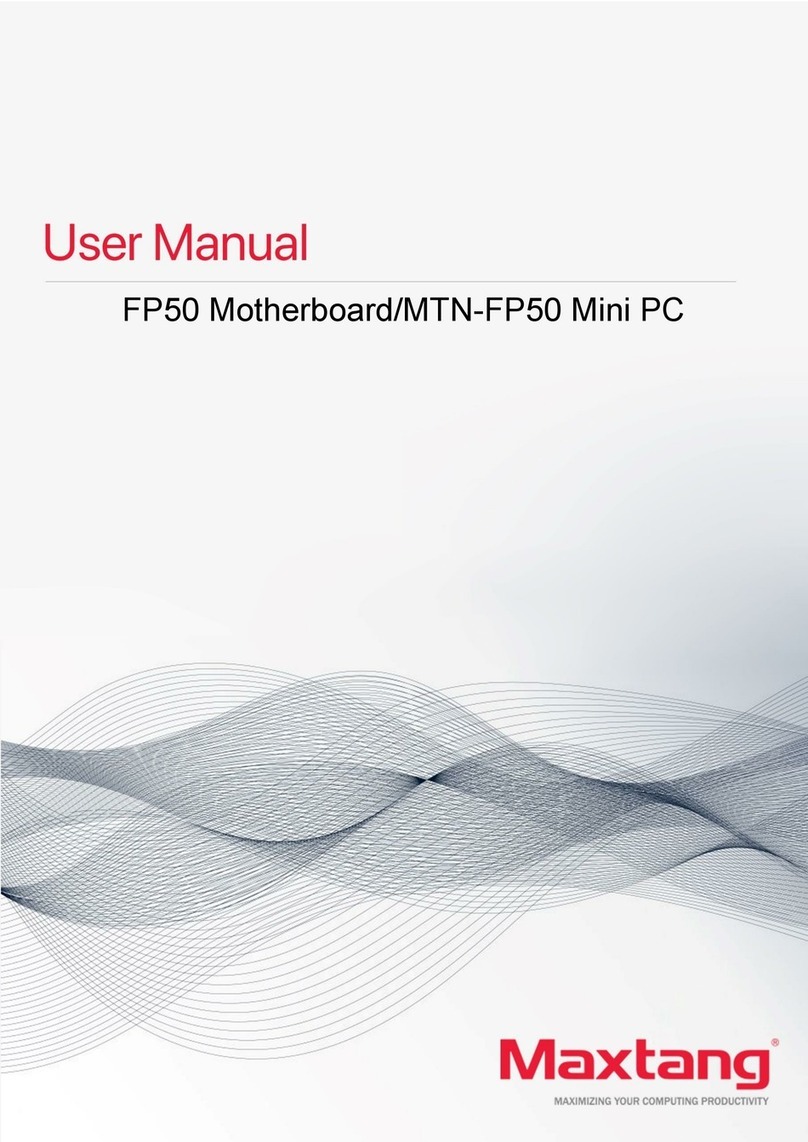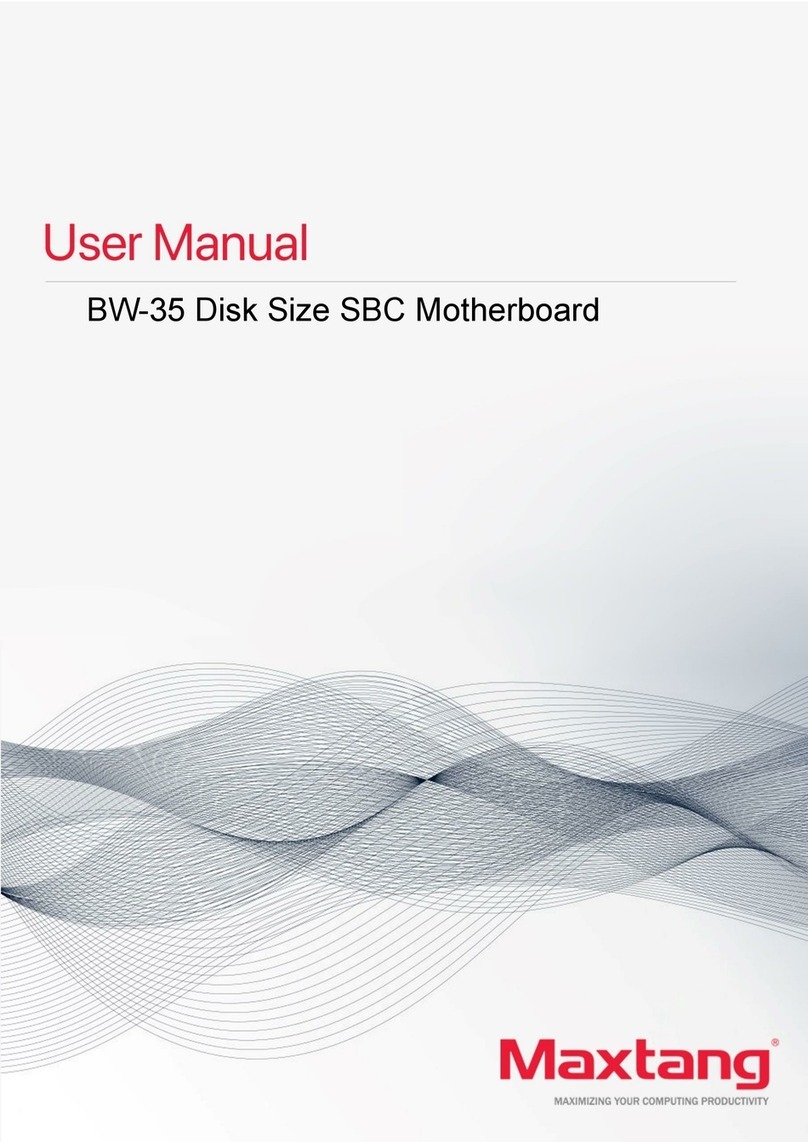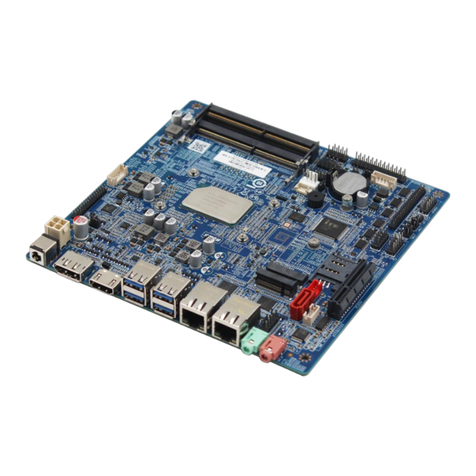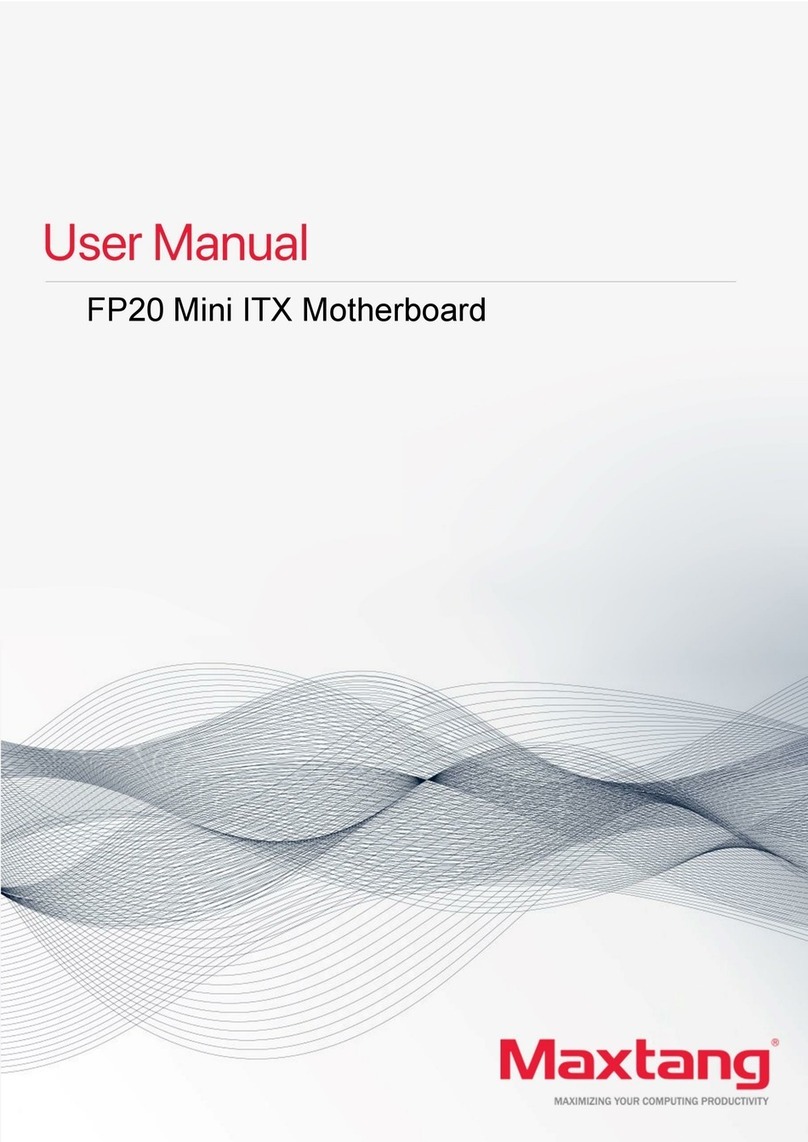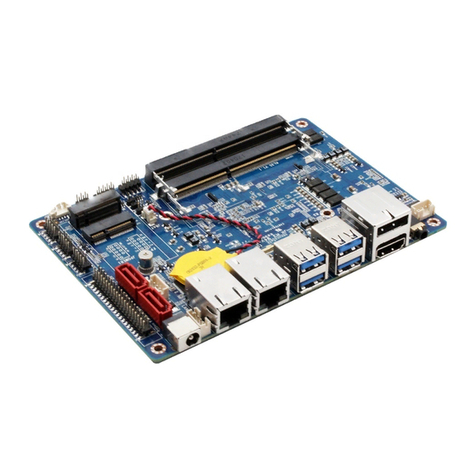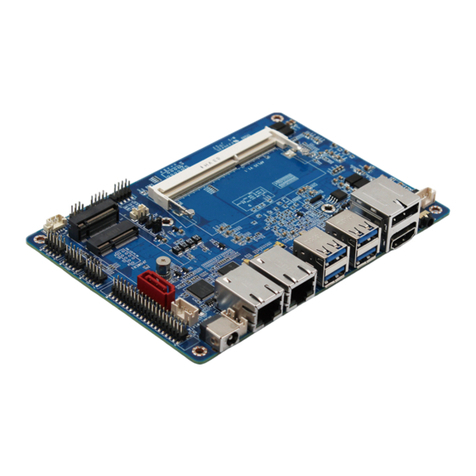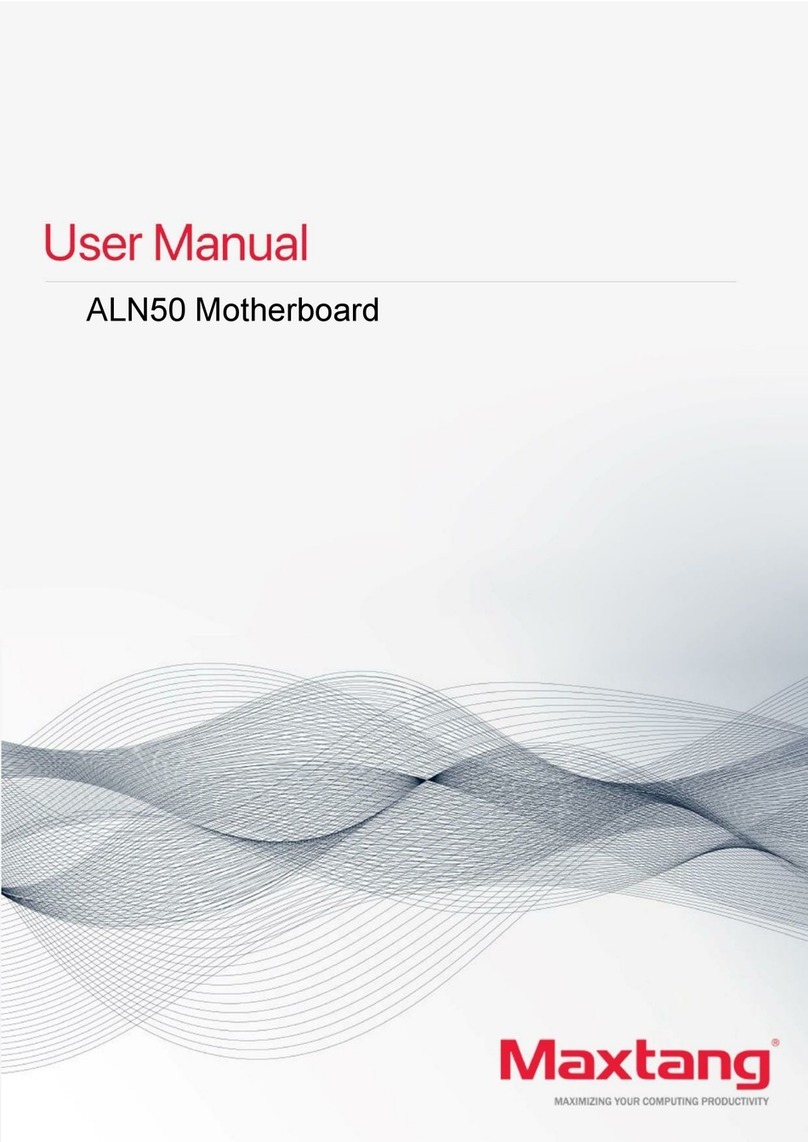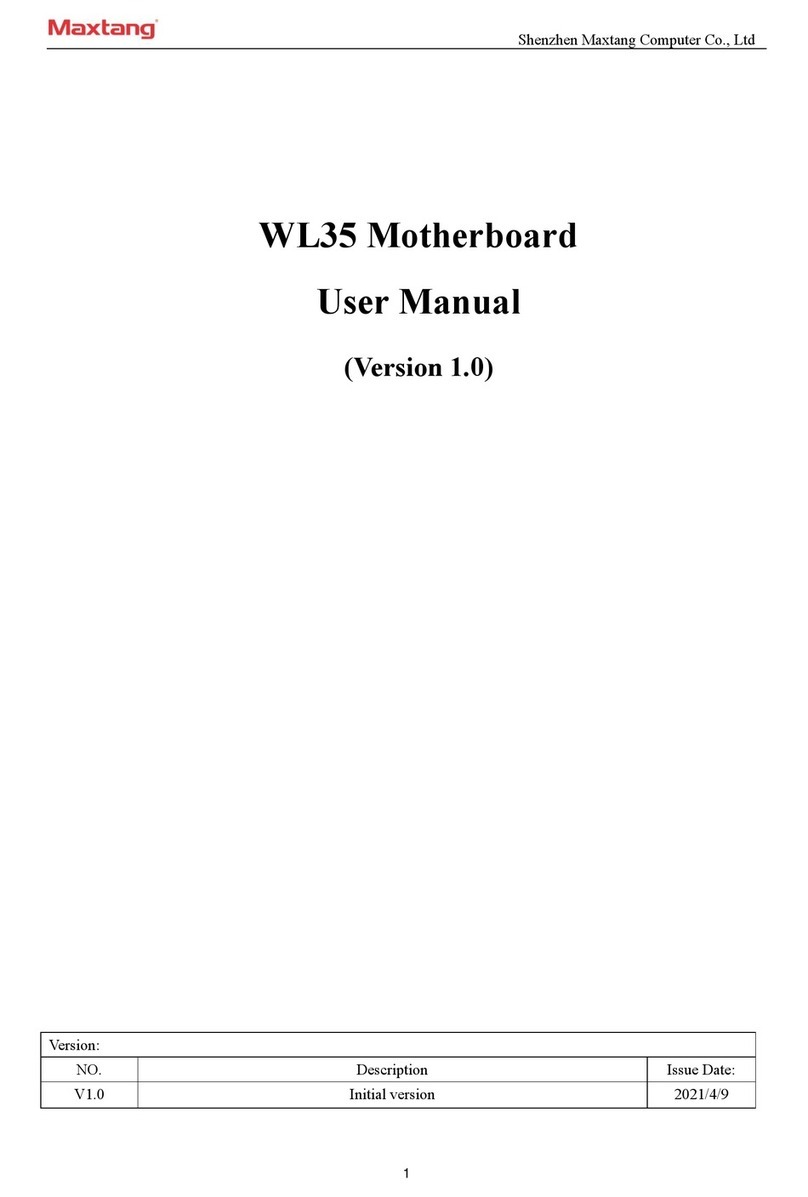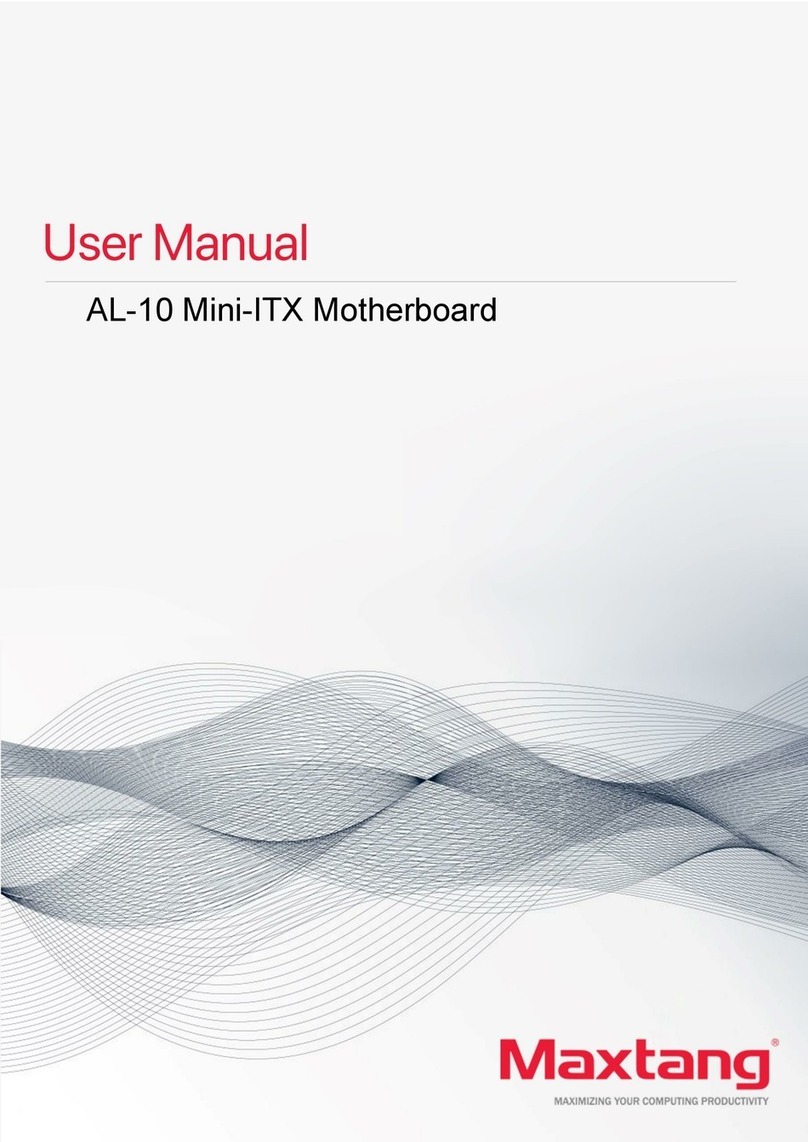Content
FP-10 User Manual ......................................................................................................................... 1
Chapter 1 Product Introduction...................................................................................................... 3
1.1 Brief Introduction.......................................................................................................... 3
1.2 Parameters .................................................................................................................... 3
1.3 Connector Diagram ....................................................................................................... 4
Chapter 2 Hardware........................................................................................................................ 5
2.1 Jumper Setting................................................................................................................... 5
2.2 Memory Slots..................................................................................................................... 5
2.3 Display................................................................................................................................ 5
2.3.1 LVDS (screen printing: LVDS, LVDS_ADJ, J3, E_DIS, BKLADJ).................................................. 5
2.3.2 eDP (screen printing: LVDS, LVDS_ADJ, J3, E_DIS, BKLADJ) ................................................... 6
2.4 Expansion (Screen Printing: M.2_S, M.2_E, PCIEX4, PCIE1) .............................................. 8
2.5 Storage (Screen Printing: SATA, M.2_S, PWSATA).............................................................. 8
2.6 USB............................................................................................................................................ 8
2.7 LAN (Screen Printing: LAN1, LAN2, LAN_LED) ................................................................... 8
2.8 Audio.................................................................................................................................. 9
2.9 COM (screen printing: COM1, COM2, COM3_6, JCOM4_P, J1, J2)........................................... 9
2.10 LPT (screen printing: LPT) ..................................................................................................... 11
2.11 System Fan (Screen Printing: SYS_FAN)......................................................................... 12
2.12 CPU FAN (Screen Printing: CPU_FAN1).......................................................................... 12
2.13 GPIO Pin (screen printing: GPIO) .......................................................................................... 12
2.14 PS/2 Socket (screen printing: PS2)........................................................................................ 13
2.15 Board Power Supply (Screen Printing: PWR1, PWR2) ................................................... 13
2.16 Panel Switch Pin (Screen Printing: JPOWER) ................................................................. 13
2.17 LPC (Screen Printing: LPC).............................................................................................. 13
2.18 Hardware Auto Start (Screen Printing: JAT)................................................................... 14
2.19 CMOS Clearance/Retention (Screen Printing: CLR_CMOS) ........................................... 14
